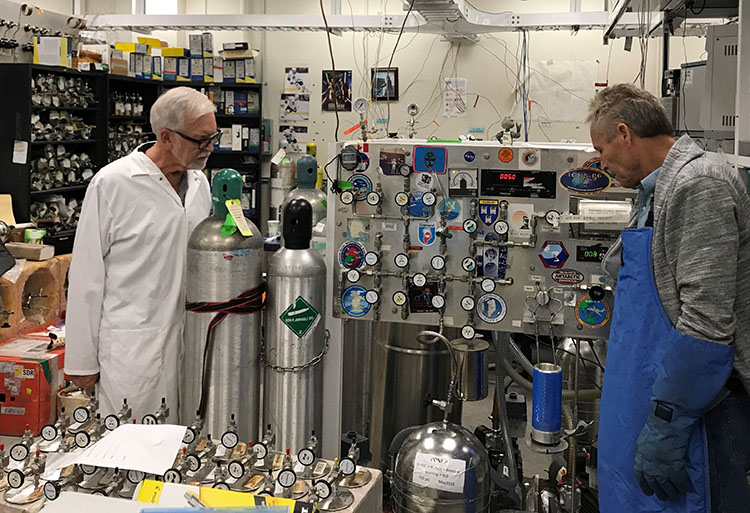A Decade of Smart Labs Experience: University of California, Irvine

University of California, Irvine's (UCI) Smart Labs Initiative began in 2008 as a crucial first step in reducing the university's carbon footprint by focusing on their greatest source of energy consumption: research laboratories. The labs on UCI's campus account for two-thirds of the energy consumed, making it a target for reducing energy intensity.
When launching the program, UCI challenged facility staff to identify aggressive efficiency opportunities in laboratories across campus. Using these findings, the college developed a more formal process for Smart Lab retrofits, as well as accompanying resources and staff training materials. As the initiative matured, UCI developed a seven-step process guiding Smart Lab retrofit's across campus.
Engineers began retrofitting labs with the goal of tailoring the air-exchange-per-hour rate to lab usage. A similar process was developed for lighting upgrades by using occupancy and daylighting sensors to optimize energy usage. The team notes that, while the capital investment for retrofits is sizeable in labs, the energy savings are substantial.
UCI identified three primary reasons for this:
- Many labs operate with higher air changes than required by code
- Air change reductions cut the necessity to reheat spaces to nearly zero
- Retrofit process unveiled system issues and malfunctioning parts that were replaced through the project's energy savings.
Wendell Brase, vice chancellor and co-chair of the UC Global Climate Leadership Council, credits the program's success to his team, who challenged what has been considered industry best practices. After nearly a decade of Smart Labs experience, the UC Irvine team has amassed a handful of critical lessons that will continue to provide guidance for the future of the program.
Prior to the launch in 2008, the team grappled with concerns over safety, ability to maintain savings, and the lifespan of technology in a rapidly evolving market. Fortunately, after years of upgrades and research, the data proved the value of energy efficient upgrades with a savings of 57% in electricity, 72% in gas, and 61% in total energy savings across 10 academic labs.
The UCI Smart Labs program also realized other co-benefits including the ability to complete real-time commissioning and an enhanced air quality track record, improved safety through timely fault detection, cleaner indoor air, longer service life for building system components, avoided capital investment for infrastructure, and the ability to fund HVAC deferred maintenance problems through energy savings.
UC Irvine continues to maintain a website devoted to the Smart Labs program, cataloguing resources and providing information to students, faculty, and staff so that everyone understands the processes in place.
Start Planning for Your Smart Labs Program
- Get the organizational culture ready.
- Build a Smart Labs team.
- Identify key stakeholders from various departments (e.g., environment, health, and safety; maintenance; facilities)
- Foster breakthrough thinking.
- Challenge the status quo.
- Question accepted limits.
- Think comprehensively and re-engineer whole systems.
- Identify a dedicated source of project financing.
- Collect baseline data.
- Develop a Smart Labs road map.